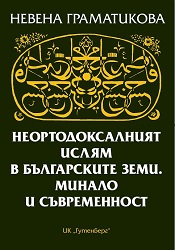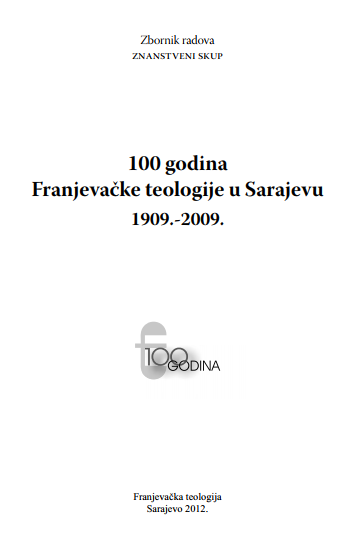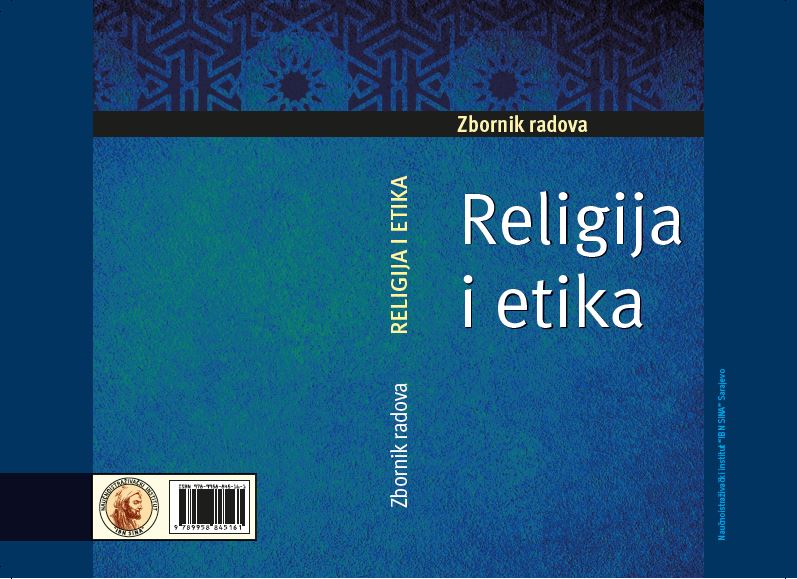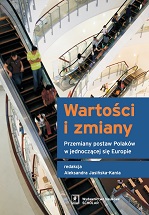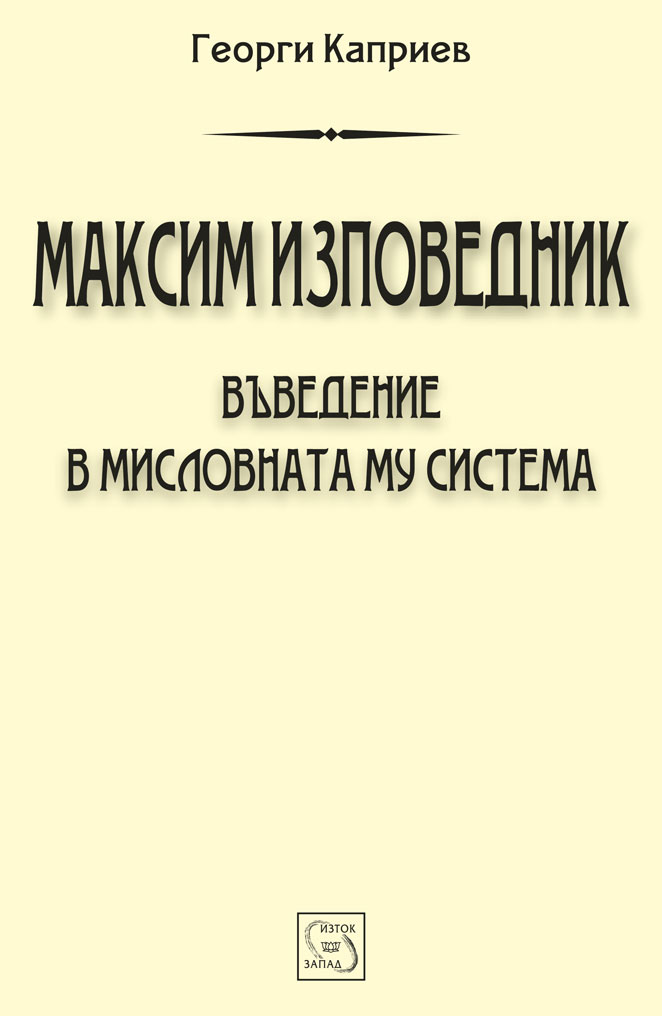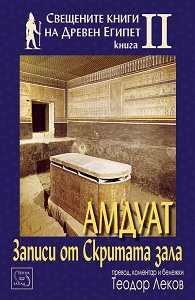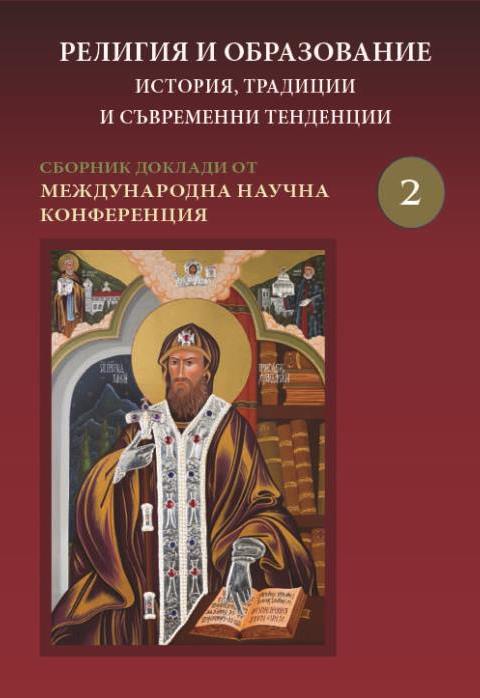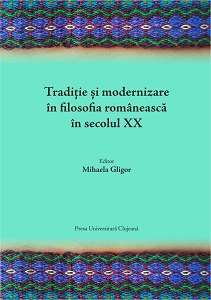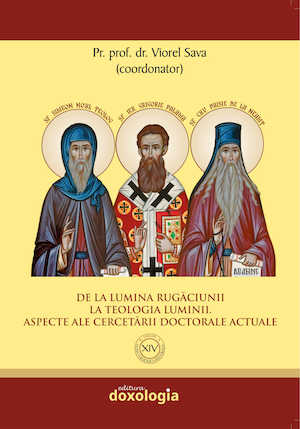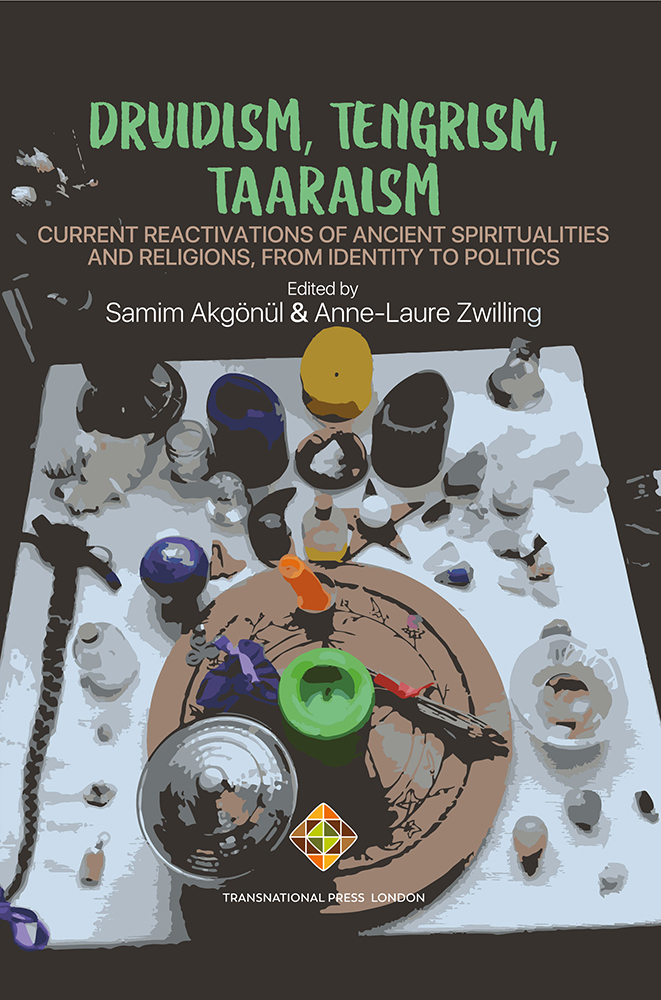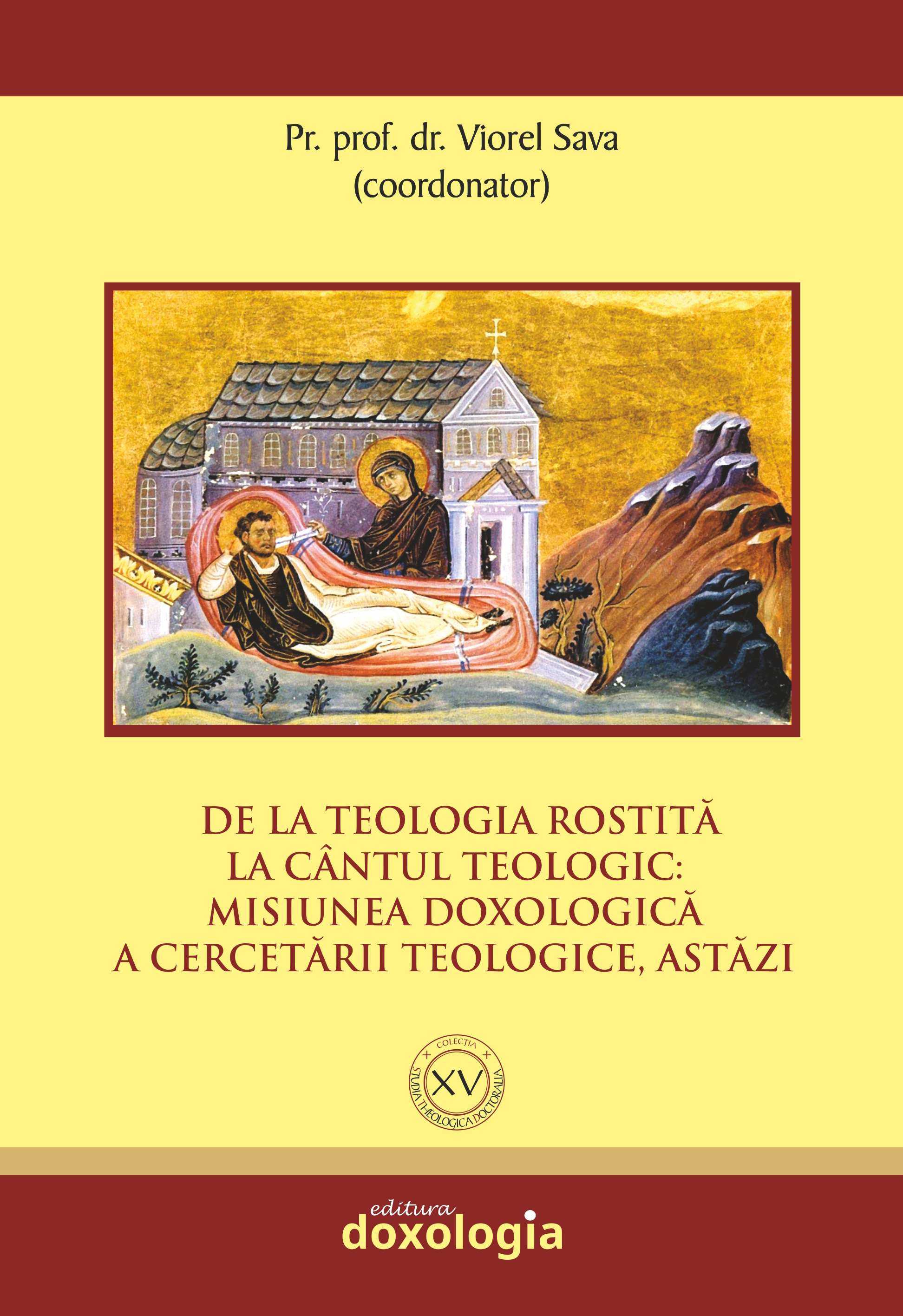Author(s): / Language(s): Bosnian,Croatian
Franjevačka teologija je u povodu stotinu godina svoga postojanja i djelovanja u Sarajevu (1909-2009) organizirala znanstveni skup i proslavu pod naslovom 100 godina Franjevačke teologije u Sarajevu: 1909.-2009. Znanstveni skup je održan 6. i 7. studenog 2009. u amfiteatru Franjevačke teologije, a 8. studenog – na dan blaženog Ivana Duns Škota, zaštitnika naše Teologije – održana je proslava tako što je svećeničkom euharistijskom slavlju predsjedao provincijal Bosne Srebrene fra Lovro Gavran. Za vrijeme euharistijskog slavlja izvedena je Missa Bosniensis Andrije Pavliča: Bosanska misa posvećena sv. Franji Asiškom, svim nesretnima, ispaćenima i izgubljenima ovoga svijeta, te bosanskim franjevcima i zboru Pontanima, koji je izveo misu. Zbor Pontanima je osnovao profesor naše Teologije fra Ivo Marković. Dirigirao je skladatelj Bosanske mise Andrija Pavlič (inače je dirigent zbora Pontanima Josip Katavić). Sudjelovali su Amila Bakšić, sopran; Zana Staniškovska, alt; Jasmin Bašić, tenor; Ivica Šarić, bas; i Dario Vučić, orgulje. Pokrovitelj Znanstvenog skupa i proslave je bio Željko Komšić, predsjedavajući Predsjedništva BiH. Koji je smisao Franjevačke teologije i uopće koji je smisao franjevačke škole mišljenja od srednjeg vijeka pa do danas? Evo kratkog odgovora. Franjevci, koji su bili nadareni za filozofsko i teološko mišljenje, nastojali su veličanstvenu viziju Franje Asiškog filozofski i teološko razraditi. Vizija Franje Asiškog, koja se temelji na Isusovu evanđelju, naglašava bratstvo i sestrinstvo svih ljudi, ne samo svih ljudi, nego i svih bića, to jest svih Božjih stvorenja u svemiru. Sva bića u svemiru su braća i sestre po stvorenosti. Jednakost među bićima uključuje i razliku među bićima, jer je svako biće originalno. I samo različita bića mogu biti u jedinstvu. Tom vizijom i njezinim prakticiranjem u svom životu Franjo Asiški je ponudio alternativu svijetu mržnje i nasilja, u kojem i danas živimo. To je on rekao svojom poznatom rečenicom koja glasi: “Exivi de saeculo” - “Izašao sam iz svijeta nasilja.” Izašao je iz svijeta nasilja i počeo osnivati svijet mira. Zadaća svih odgovornih bića jest izlazak iz svijeta nasilja i uspostavljanje svijeta mira, slobode i ljubavi. Zamislimo svijet bez nasilja i zamislimo svijet u kojem nasilje više neće biti moguće. Koliko su veliki franjevački mislioci tu viziju uspješno razradili i koliko su franjevci Bosne Srebrene, koji su živjeli i djelovali na Franjevačkoj teologiji, to mišlju i djelom svjedočili, to jest otjelotvorili, neka prosude drugi. U radovima sa znanstvenog skupa, koji se ovdje objavljuju, autori su obrađivali važne teme iz različitih perspektiva, pri čemu se moglo uvidjeti da je do Istine moguće doći samo dijalogom različitih perspektiva. Dijalogom uviđamo da je Istina jedna i da nas Istina sve nadilazi i povezuje u jednu zajednicu, ne samo nas, nego i cijelo čovječanstvo. Karl Jaspers je rekao: Istina je ono što nas povezuje (Wahrheit ist, was uns verbindet).
More...
